| Intl. Notebook | Jan 20 2019 |

Is there anything sweeter than a beautiful movie palace?
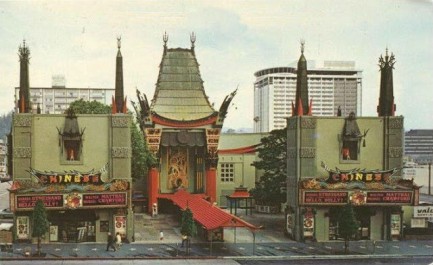
You probably recognize Grauman's Chinese Theatre, in Los Angeles. These days it's called TCL Chinese Theatre, because it's owned and operated by TCL Corporation—based in China, ironically. Since we write so often about movies we thought it appropriate to discuss the beautiful buildings in which the films were exhibited. Back in the day these were usually purpose-built structures, though some did split duty for stage productions and concerts. While many of these old palaces survive, nearly all surviving vintage cinemas in the U.S. were under threat at some point. Generally, if they hadn't been given historic protection they wouldn't be upright today.
Other times, if a city was poor, real estate costs didn't rise and old buildings stood unthreatened, usually idle. This happened often in the American midwest, where movie houses were neglected for decades before some were resurrected amid downtown revitalizations. It sometimes happens in Latin America too, although occasionally the formula fails. For example, Cartagena's majestic and oft photographed landmark Teatro Colón, located in the historic section of Colombia's most popular coastal tourist city, was torn down fewer than six months ago to make way for a Four Seasons Hotel.
Some of the cinemas below are well known treasures, while others are more unassuming places. But even those lesser known cinemas show how much thought and work was put into making moviegoing a special experience. The last photo, which shows the Butterfly Theatre in Milwaukee, exemplifies that idea. The façade is distinguished by a terra cotta butterfly sculpture adorned with light bulbs. As you might guess, many of the most beautiful large cinemas were in Los Angeles, which means that city is well represented in the collection. Enjoy.
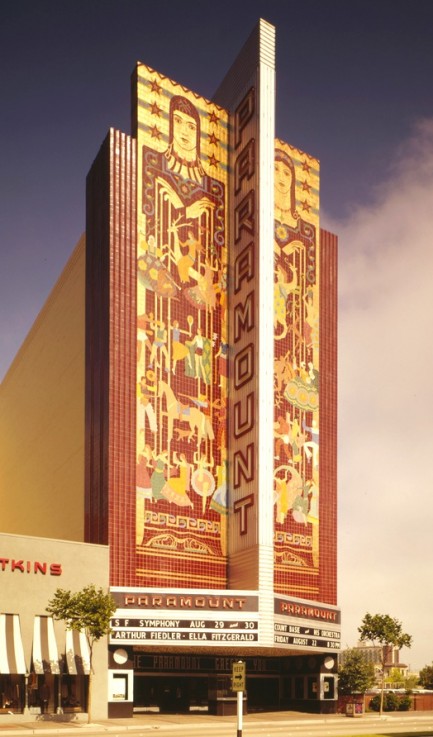 Paramount Theatre, Oakland (operational).
Paramount Theatre, Oakland (operational).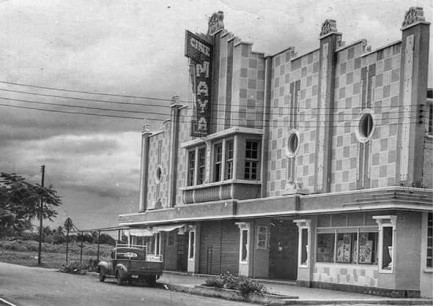 Cine Maya, Mérida (demolished).
Cine Maya, Mérida (demolished).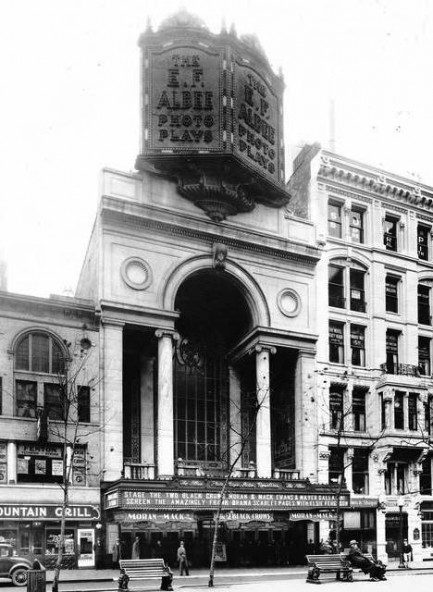 The Albee Cinema, Cincinnati (demolished)
The Albee Cinema, Cincinnati (demolished)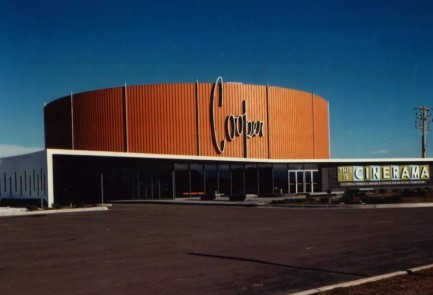 Cooper Theatre, Denver (demolished).
Cooper Theatre, Denver (demolished).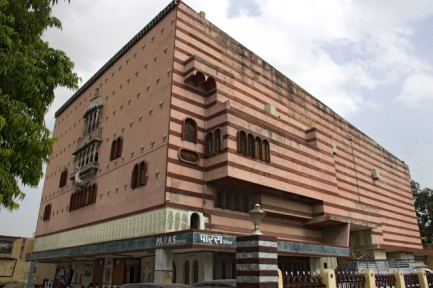 Paras Cinema, Jaipur (operational).
Paras Cinema, Jaipur (operational).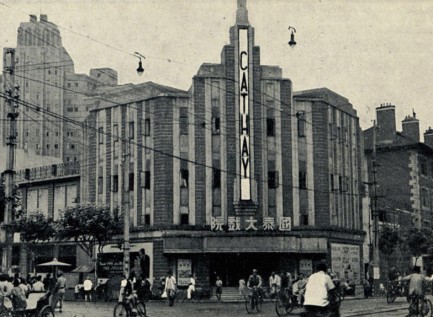 Cathay Cinema, Shanghai (operational).
Cathay Cinema, Shanghai (operational).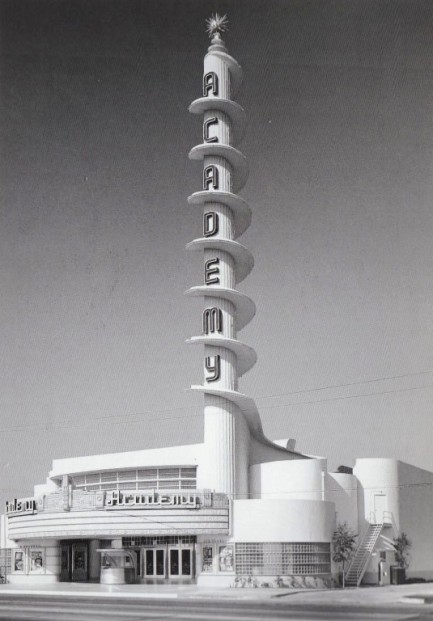 Academy Theatre, Los Angeles (operational).
Academy Theatre, Los Angeles (operational).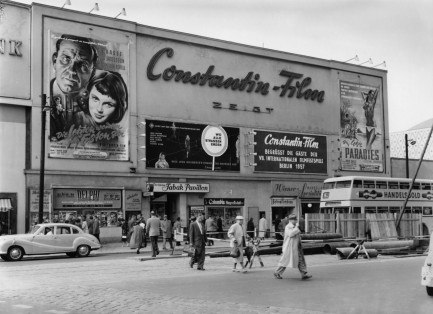 Charlottenburg Filmwerbung, Berlin (demolished).
Charlottenburg Filmwerbung, Berlin (demolished).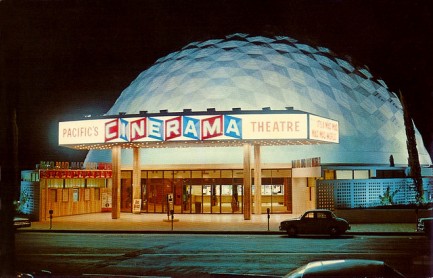 Pacific's Cinerama Theatre, Los Angeles (operational).
Pacific's Cinerama Theatre, Los Angeles (operational). York Theatre, Elmhurst (operational).
York Theatre, Elmhurst (operational).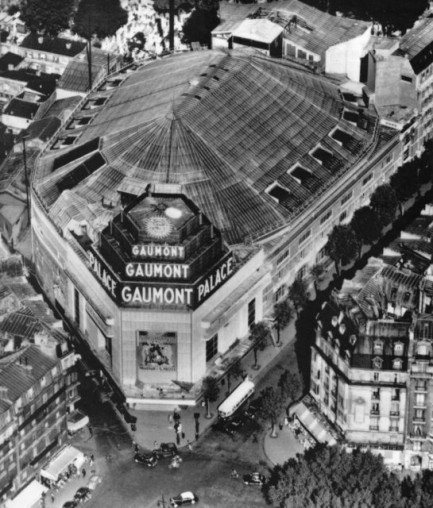 La Gaumont-Palace, Paris (demolished).
La Gaumont-Palace, Paris (demolished).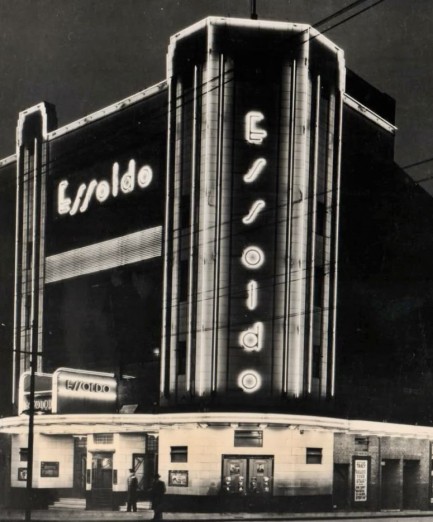 Essoldo Cinema, Newcastle (demolished).
Essoldo Cinema, Newcastle (demolished).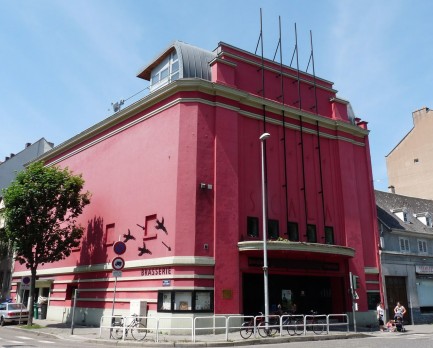 Théâtre Scala, Strasbourg (operational).
Théâtre Scala, Strasbourg (operational).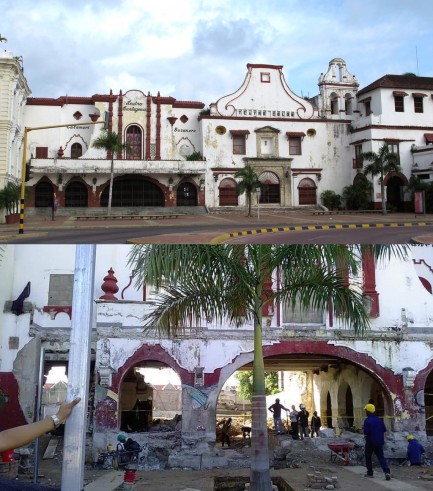 Teatro Colón, Cartagena (demolished in 2018).
Teatro Colón, Cartagena (demolished in 2018).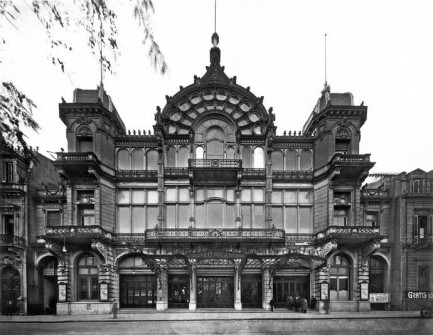 Teatro Coliseo Argentino, Buenos Aires (demolished).
Teatro Coliseo Argentino, Buenos Aires (demolished). Pavilion Theater, Adelaide (demolished).
Pavilion Theater, Adelaide (demolished).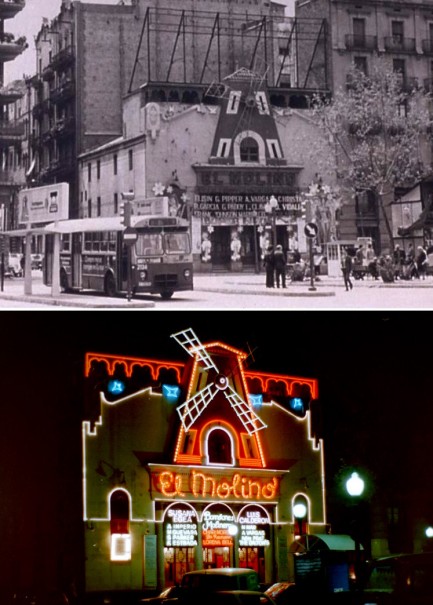 El Molino Teatro, Barcelona (operational).
El Molino Teatro, Barcelona (operational). Fox Carthay Theatre, Los Angeles (demolished).
Fox Carthay Theatre, Los Angeles (demolished).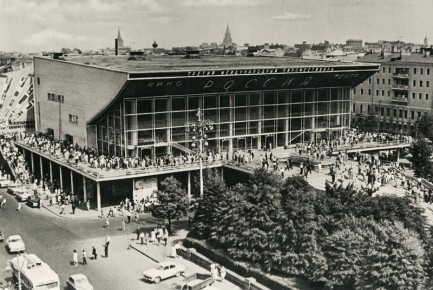 Kino Rossiya Teatr, Moscow (operational).
Kino Rossiya Teatr, Moscow (operational). Nippon Gekijo, aka Nichigeki, Tokyo (demolished).
Nippon Gekijo, aka Nichigeki, Tokyo (demolished). Cine Impala, Namibe (operational).
Cine Impala, Namibe (operational).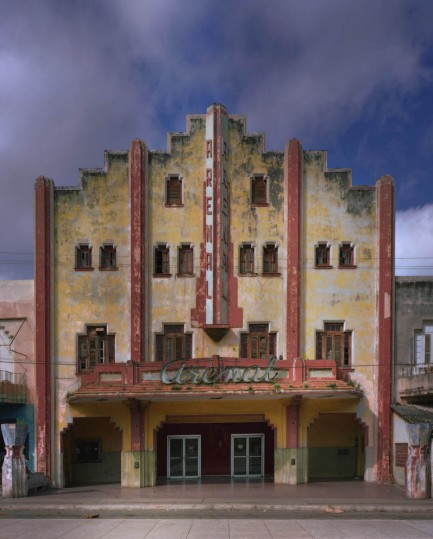 Cine Arenal, Havana (operational).
Cine Arenal, Havana (operational).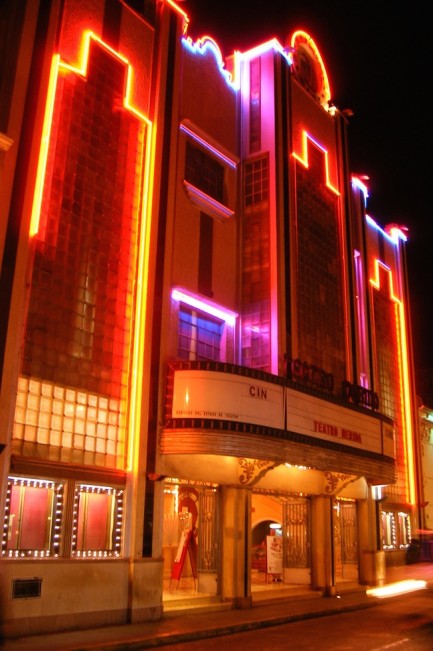 Teatro Mérida, Mérida (operational, renamed Teatro Armando Manzanero).
Teatro Mérida, Mérida (operational, renamed Teatro Armando Manzanero).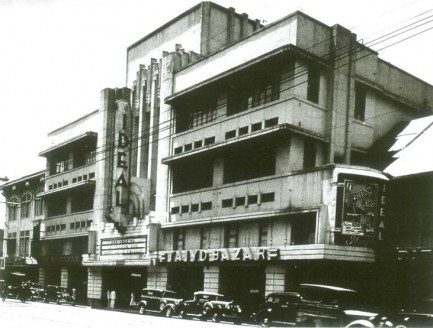 Ideal Theater, Manila (demolished).
Ideal Theater, Manila (demolished).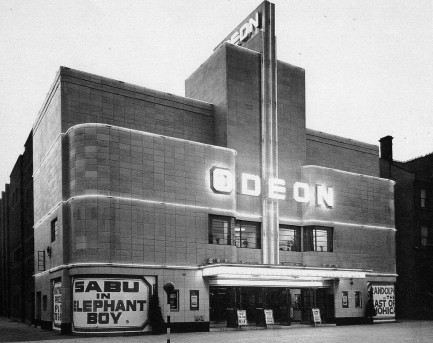 Odeon Cinema, London (semi-demolished, converted to apartments).
Odeon Cinema, London (semi-demolished, converted to apartments).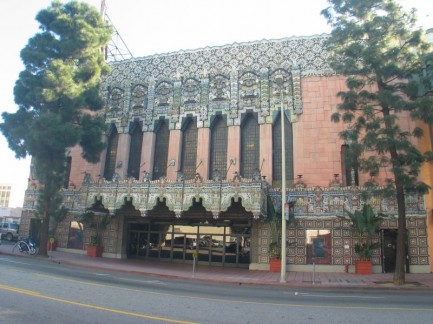 Mayan Theatre, Los Angeles (operational).
Mayan Theatre, Los Angeles (operational).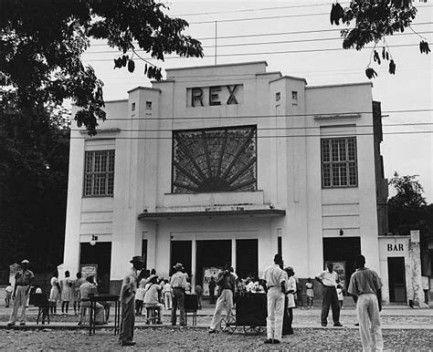 Rex Cinema, Port au Prince (being restored).
Rex Cinema, Port au Prince (being restored).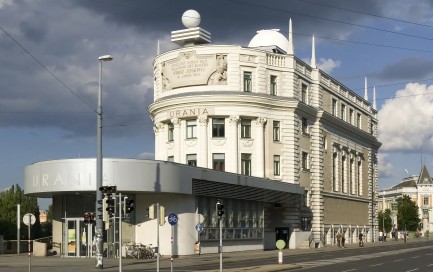 Urania Kino, Vienna (operational).
Urania Kino, Vienna (operational).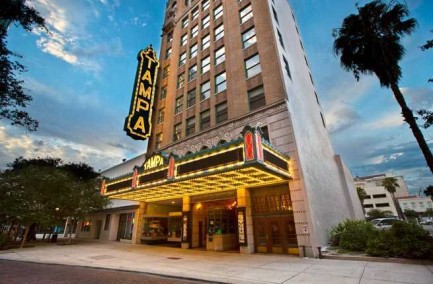 Tampa Theatre, Tampa (operational).
Tampa Theatre, Tampa (operational).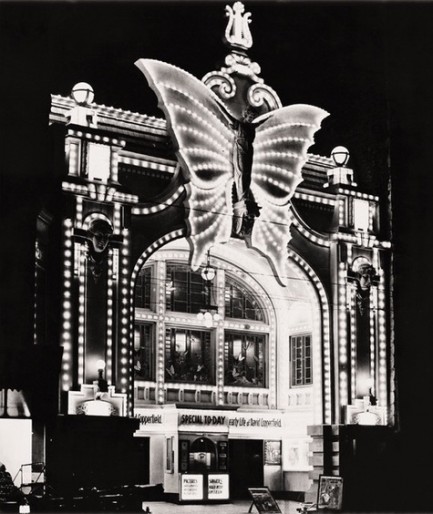 The Butterfly Theater, Milwaukee (demolished).
The Butterfly Theater, Milwaukee (demolished).



































































